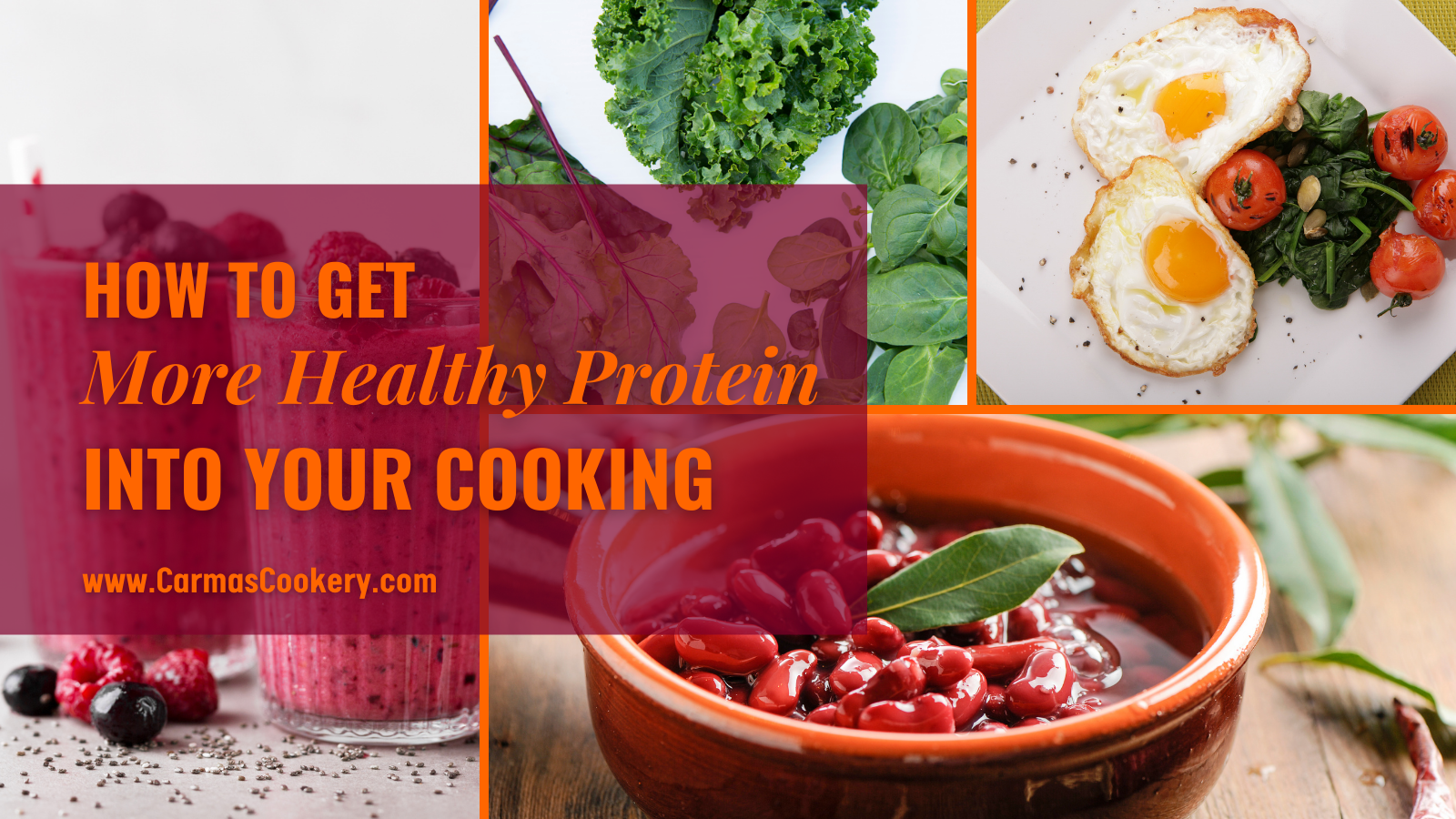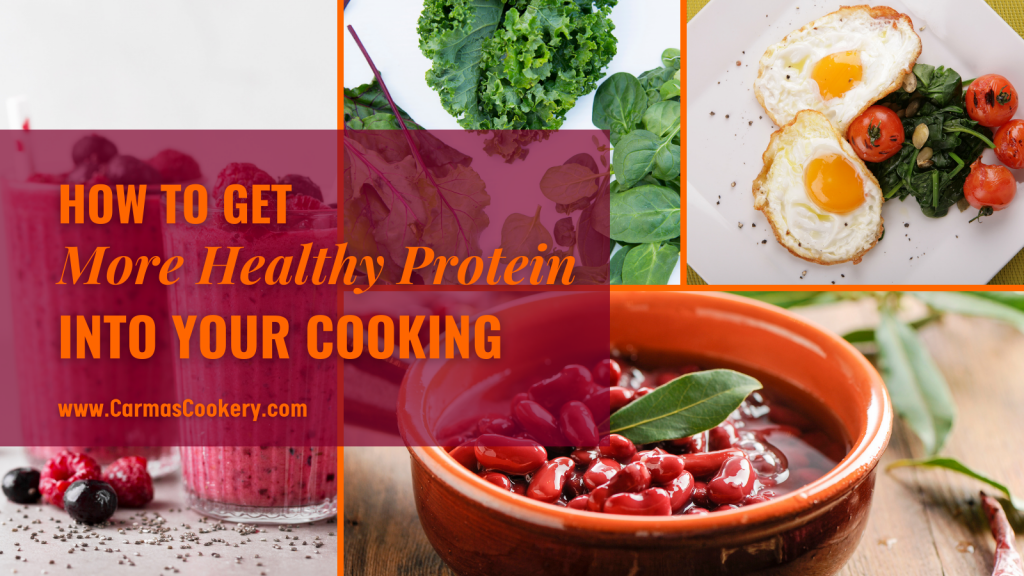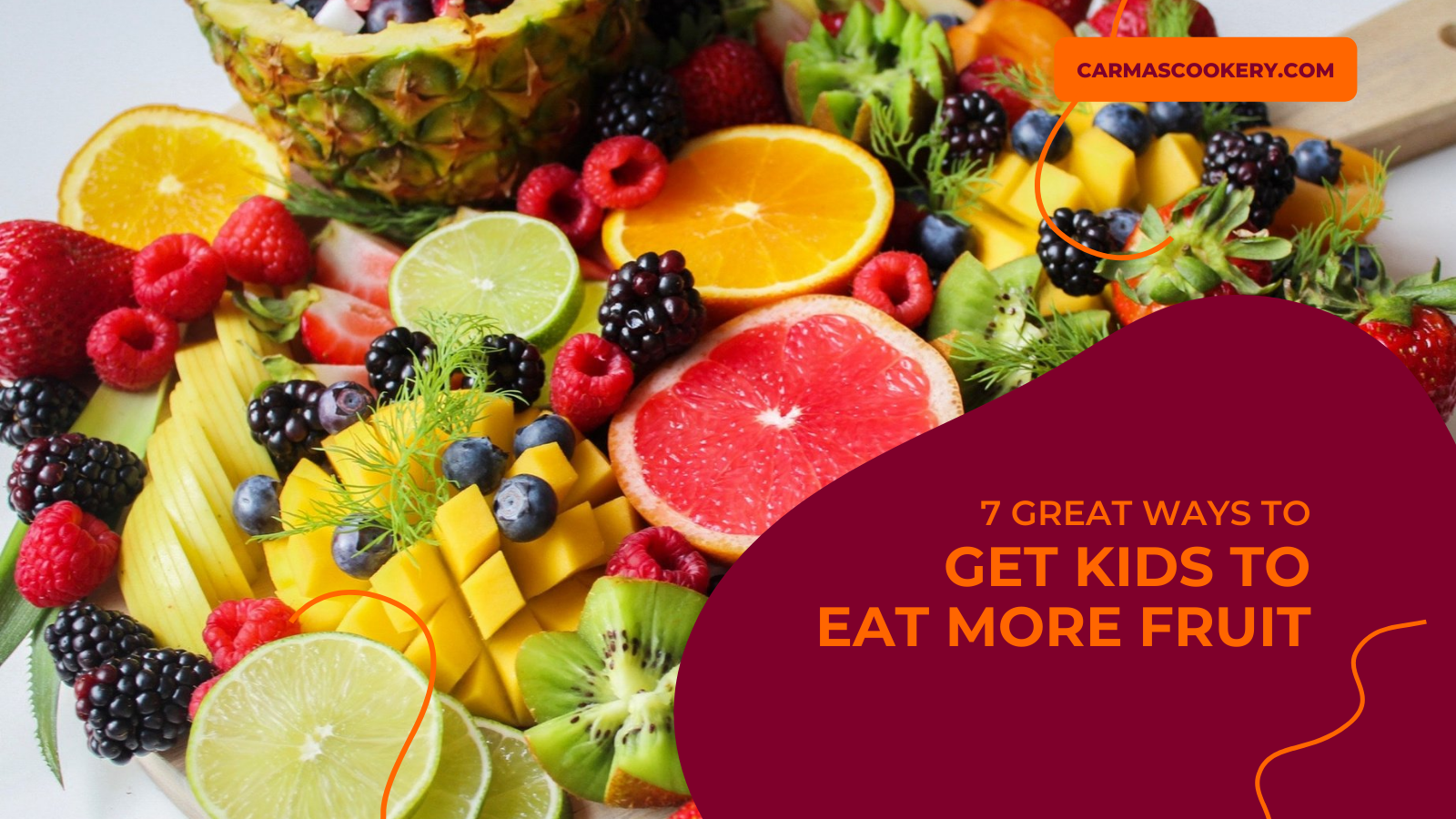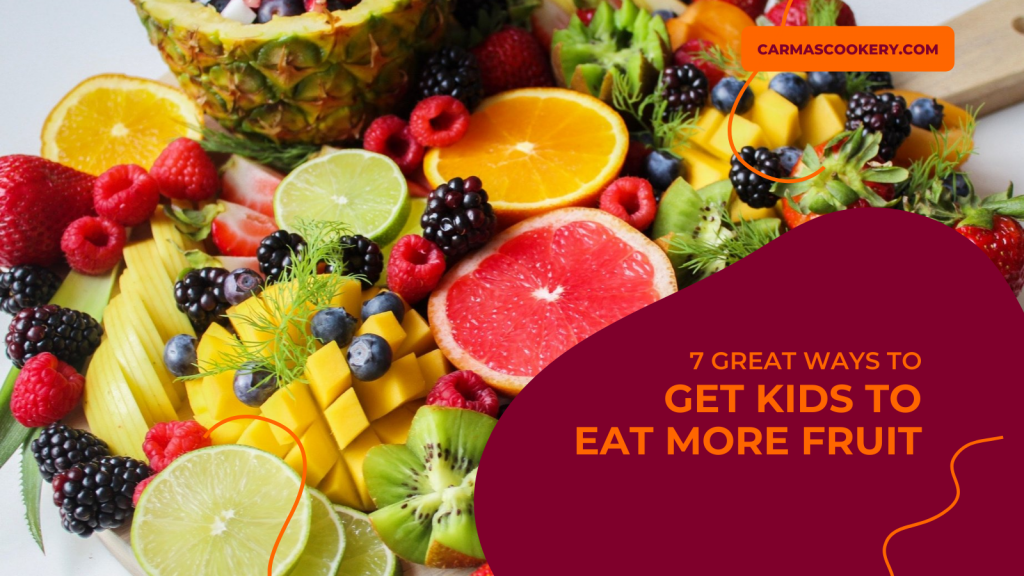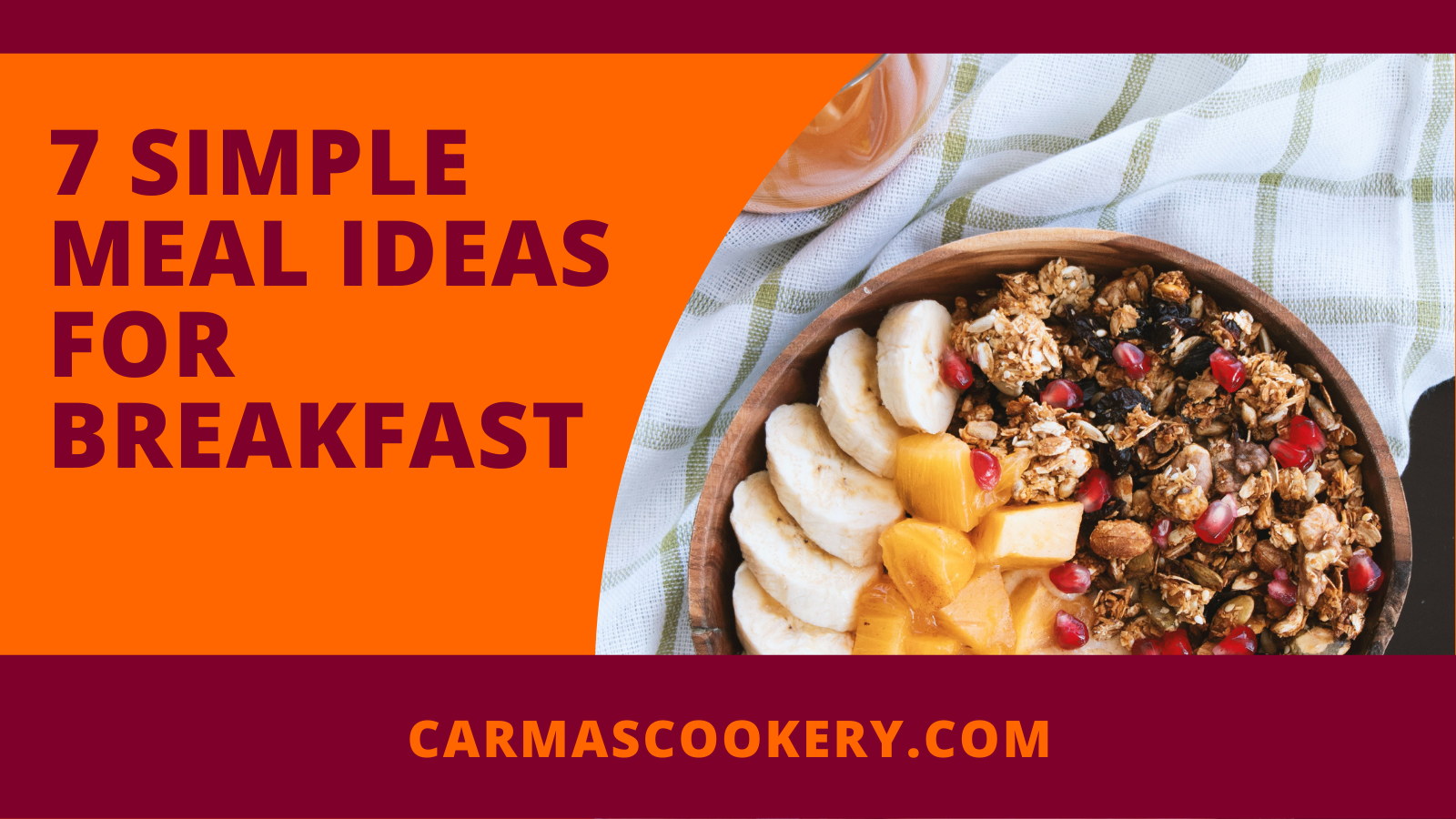We all know what a healthy breakfast looks like. Simple foods that provide a good hit of protein and/or natural sugars that are easy to digest just after waking up. A breakfast like this is more likely to make you feel energized for the day ahead, and it’s certainly preferable to heating up leftover pizza for the third time this week!
But have you thought about making your breakfast routine healthy AND fulfilling? Thinking about breakfast as a routine, rather than just the first meal of the day, can change your whole mindset around healthy living. Indeed, it can even make the lifestyle more fun!
If you’re interested in a routine like this, our list below contains three simple ideas for adding a touch of wholesome healthiness to your mornings.
Breakfast Shouldn’t Take Long to Make
Simple breakfasts are always best. That means your morning meals shouldn’t take more than 10 minutes to get ready. This often means making breakfasts ahead of time that only require warming up or plating up with a glass of orange juice.
However, you can also keep breakfasts simple by keeping your cupboards stocked with a range of different foods that are easy to reach for. Yogurt plus a sprinkle of your favourite cereal and some chopped raspberries? Doesn’t require making ahead and won’t take longer than 5 minutes to get your bowl ready.
And remember, breakfast doesn’t have to mean eating ‘breakfast foods’. If you want a sandwich as your first meal of the day, go ahead. Just try to make sure you use wholemeal bread!
If You Like Coffee, Don’t Just Pour and Go
If you’re a coffee drinker who can’t get going in the mornings without your dark roast, turn the creation of a good cuppa into a relaxing multistep process. Don’t just pour and go any longer!
Coffee has a lot of health benefits, and when it’s made right and with care, you’ll get a dose of all of them. Not only that, but if drinking coffee wakes you up, lengthening the process will make you feel ten times sharper!
Start by filling your coffee machine with granules you actually like the flavor and depth of. When coffee tastes good, you won’t see it as just a quick energy hit. Stick around as it pours into the pot to breathe in the smell, which can be very comforting first thing in the morning.
Once that’s done, make a habit of actually sitting down to drink the coffee. Take your time here – yes, even if you need to get ready for work! Coffee with a bit of calm reflection time can make mornings feel a lot more wholesome, especially during the winter when you’re waking up in darkness.
You’re then going to need to buy some coffee tools to clean the grinder and dust off what’s left of the roast when the machine is finished. Don’t skip this step. It’s a quick yet detail oriented task that’ll really wake you up AND you’ll save yourself a job tomorrow morning!
Grab Something for the Road
If you find eating a healthy breakfast leaves you still feeling hungry, grab something for the road while you’ve still got the chance. A banana for the bus to work, a slice of toast for the walk with the kids to school, or a yogurt pot for rounding off that bowl of muesli before heading to your WFH desk.
It’s OK to need an extra little bite to feel satisfied. After all, healthy eating isn’t just about controlling your portions and nothing else – it’s about listening to your body and giving it what it needs. And if your body needs a bit more fuel before the day gets into full swing, make sure you pay attention!
You may also want to spend time preparing breakfast type snacks you can eat on the go. Something you can just grab, as we say, and dig in whether you’re inside or out. If you’d like some ideas for these, we recommend chopped veg that’s nice raw, a cereal bar that isn’t too dry, or trail mix with a few extra dried fruits mixed in.
So, do you want to make your breakfast routine both a healthy and fulfilling venture? Keep it simple and make it more enjoyable! Even if you don’t like eating breakfast, you can still follow a routine like this and have it make a difference to your life. Just listen to your body!






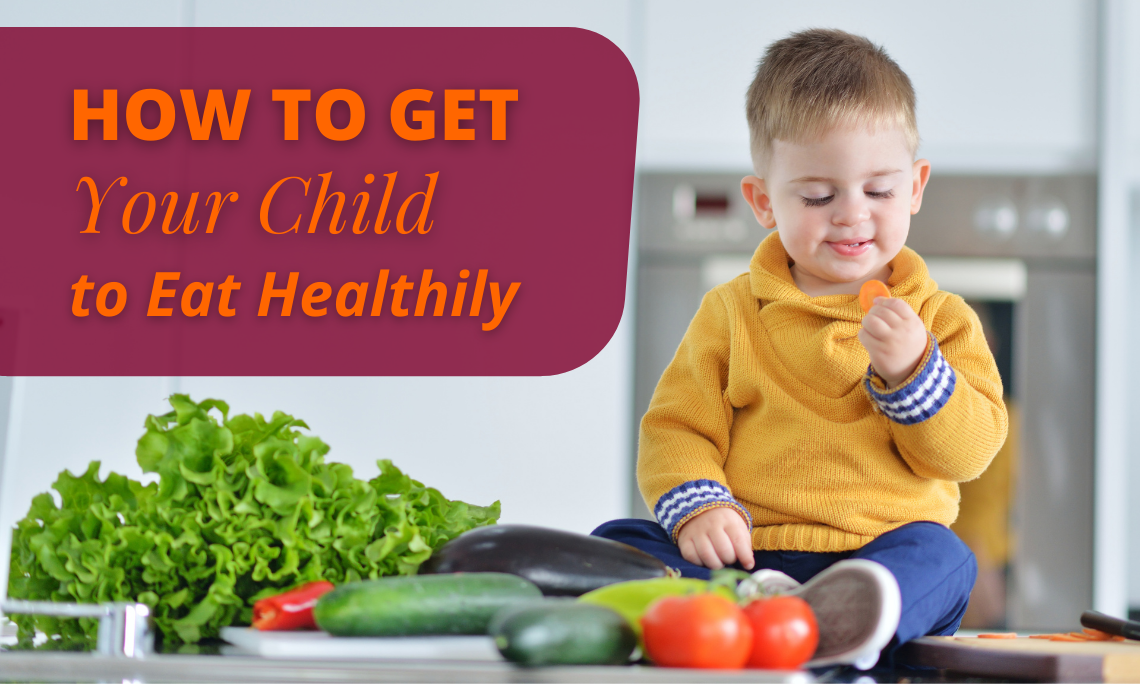
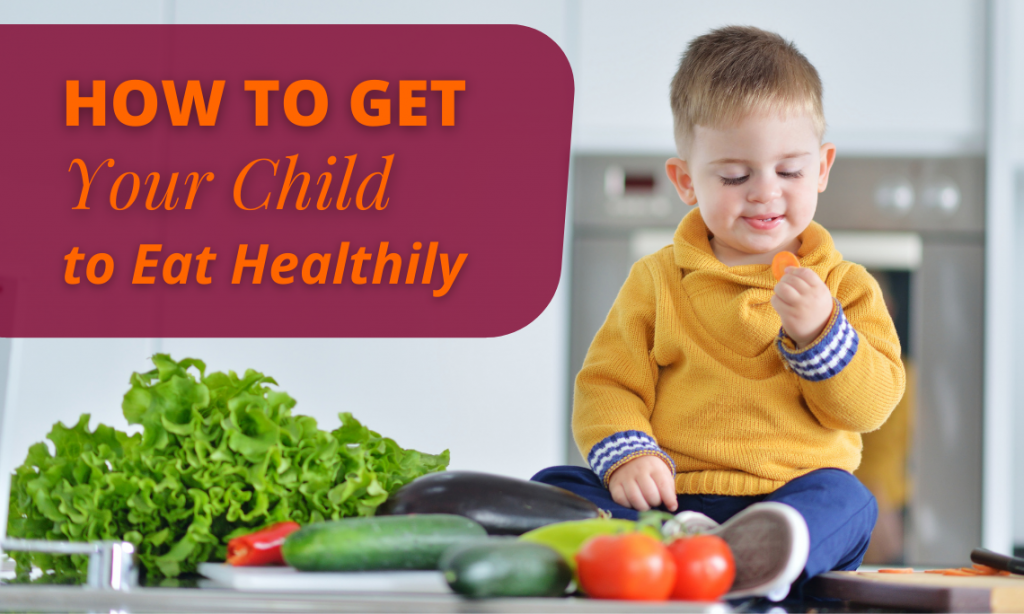
 It is a lot more difficult to try and implement changes for older children if they are already stuck in their ways. (I know this from experience because my family switched to healthy food when I was 5, and I couldn’t wait to go to Grandma’s house so I could eat salami and cookies!) So the best way to encourage your children to adopt
It is a lot more difficult to try and implement changes for older children if they are already stuck in their ways. (I know this from experience because my family switched to healthy food when I was 5, and I couldn’t wait to go to Grandma’s house so I could eat salami and cookies!) So the best way to encourage your children to adopt  Children like to interact with their food, especially when they are young, so you could talk and pick up the food with them to make it seem more interesting. They also like to play around with the texture of their food and see how it feels before they eat it. So definitely encourage this if you find it is useful for them to be able to try out different flavors and textures.
Children like to interact with their food, especially when they are young, so you could talk and pick up the food with them to make it seem more interesting. They also like to play around with the texture of their food and see how it feels before they eat it. So definitely encourage this if you find it is useful for them to be able to try out different flavors and textures. If they end up getting a bit messy it doesn’t matter — if they end up eating their food in the end. So try not to be too discouraged if they want to pick up their food and see how the texture feels before they eat it. The main priority — ultimately — is that you get your child to eat healthily. It will also provide you with a funny photo opportunity too if they get a little messy.
If they end up getting a bit messy it doesn’t matter — if they end up eating their food in the end. So try not to be too discouraged if they want to pick up their food and see how the texture feels before they eat it. The main priority — ultimately — is that you get your child to eat healthily. It will also provide you with a funny photo opportunity too if they get a little messy.  It doesn’t need to be seen as a scary ingredient to your children, so if you try to be a
It doesn’t need to be seen as a scary ingredient to your children, so if you try to be a  Instead of presenting them with an entire fruit, you could encourage them to try different ones by cutting them up into smaller portions. Choosing an array of fruits such as
Instead of presenting them with an entire fruit, you could encourage them to try different ones by cutting them up into smaller portions. Choosing an array of fruits such as 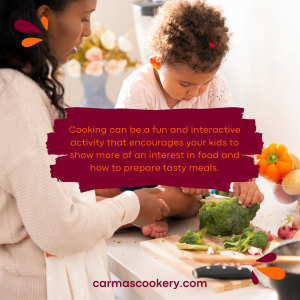 Encouraging them to
Encouraging them to 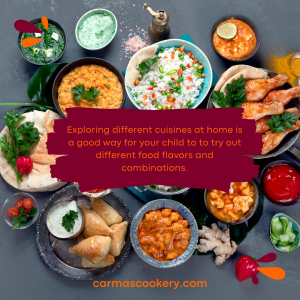 You want to try and
You want to try and 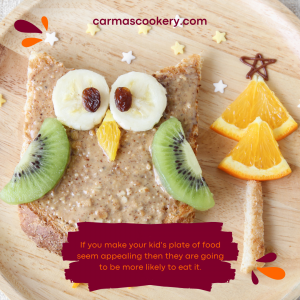 If you make their plate of food seem appealing then they are going to be more likely to eat it. When they are young this could involve turning the food on the plate into a specific shape such as an animal or a smiley face. If it encourages them to interact with their food and makes it more appealing then they are much more likely to try it, compared to just piling it on a plate. My father used to do this with pancakes, and I loved it!
If you make their plate of food seem appealing then they are going to be more likely to eat it. When they are young this could involve turning the food on the plate into a specific shape such as an animal or a smiley face. If it encourages them to interact with their food and makes it more appealing then they are much more likely to try it, compared to just piling it on a plate. My father used to do this with pancakes, and I loved it!